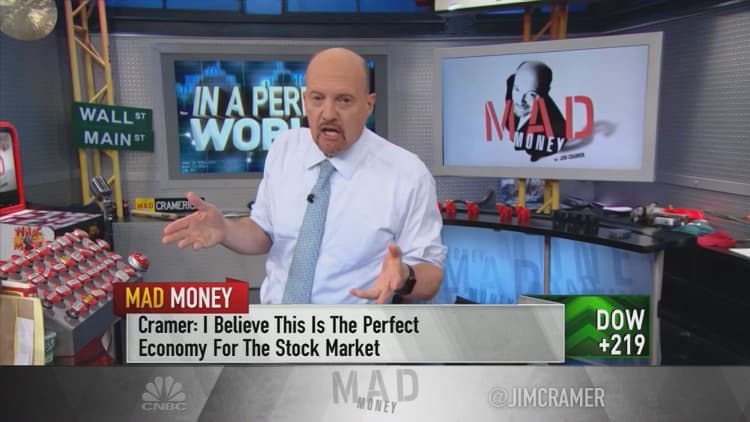If there are any doubts about the strength of the U.S. jobs market, conditions in the top 100 metropolitan areas should put them to rest.
Every one of the regions is reporting plans to hire more workers in the third quarter of 2018, according to the latest survey from Manpower, a global staffing solutions firm that also tracks employment trends.
"We're continuing to see double-digit increases in intentions across all four regions of the country, across all 13 sectors of the economy," said Becky Frankiewicz, president of ManpowerGroup North America. "With all the consumer confidence, I wasn't surprised at all by that."
By section, locations across the country continue to see strong hiring trends, despite increasing signs that the economy is near full employment. The national unemployment rate is at 3.8 percent, tied for the lowest since 1969.
Hiring intentions are "slightly weaker" in the West, while holding steady in the other regions.
On a national scale, the level of companies expecting to hire stood at a seasonally adjusted 18 percent, the same as the second quarter and below the 19 percent reading in the first quarter.
Indianapolis leads the metropolitan statistical areas in terms of hiring intentions at 35 percent, followed by Raleigh, North Carolina, (34 percent) and Milwaukee (33 percent).
From an industry standpoint, leisure and hospitality leads the way, with 27 percent of businesses expected to hire, followed by professional and business services, transportation and utilities, and wholesale and retail trade, each with 22 percent. Mining also is looking strong at 20 percent, and construction and manufacturing both registered 19 percent.
"With urbanization, where the big cities are and the population centers are, that's where we're starting to see an accelerator on growth," Frankiewicz said. "Where populations have more capability for filling jobs, that's going to continue to show growth."
The economy finds itself in a unique place, with more jobs available than unemployed workers, as defined by the Bureau of Labor Statistics.
"Demand is high everywhere," Frankiewicz added. "Where you have more supply, you will see economic growth."
The wage puzzle, though, continues as salaries continue to grow slowly despite the seemingly tight labor market.
Frankiewicz said companies are still struggling to find qualified workers for openings, meaning the muted wage gains likely will persist as well.
WATCH: Cramer assesses the relationship between jobs and the stock market.



